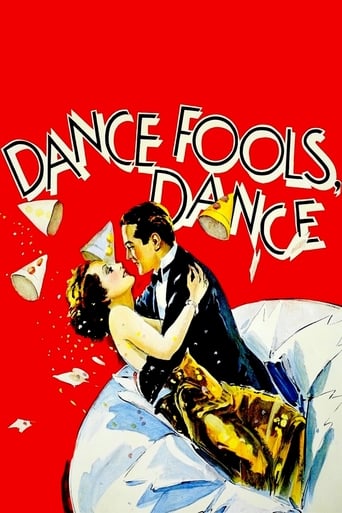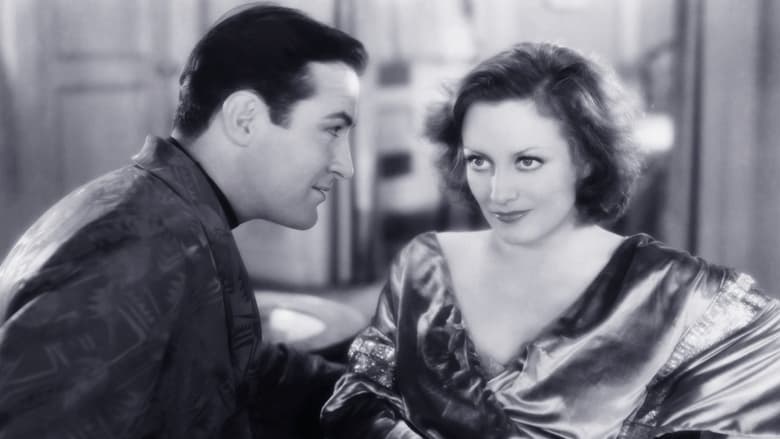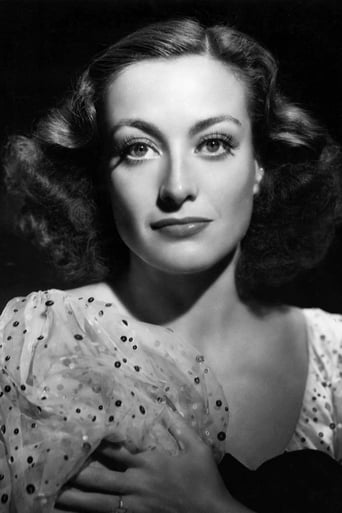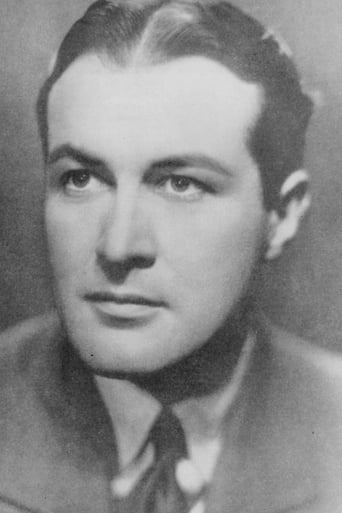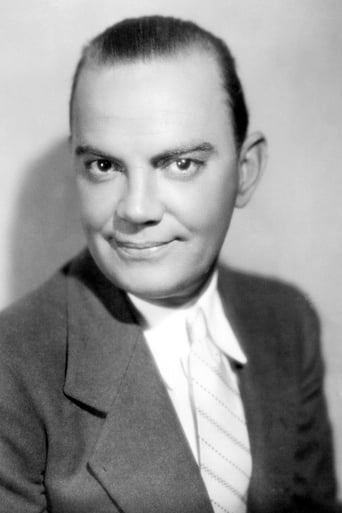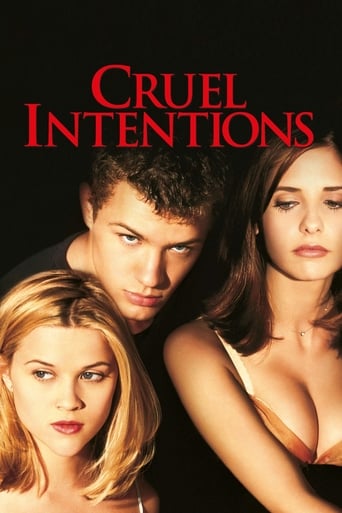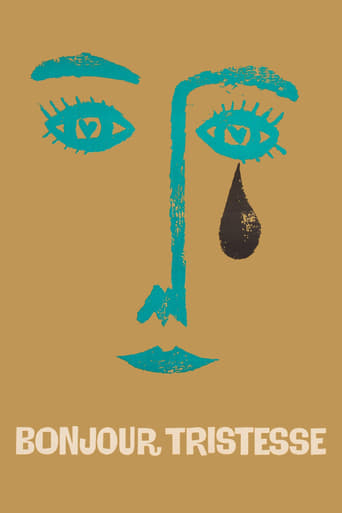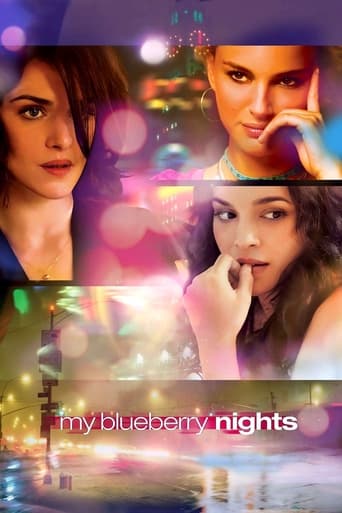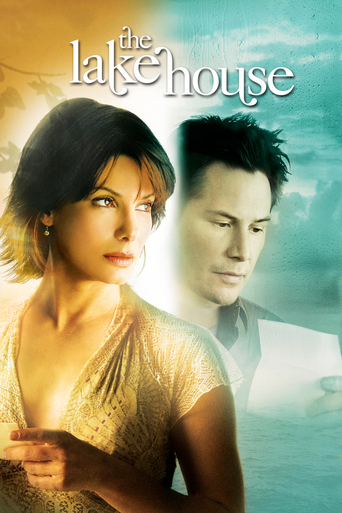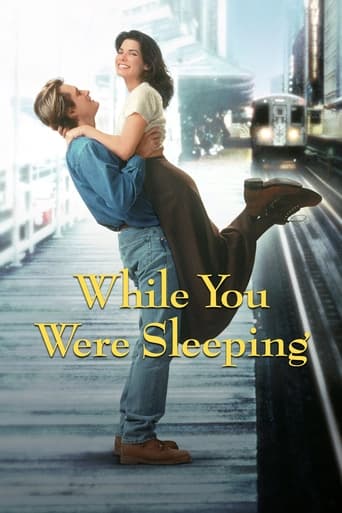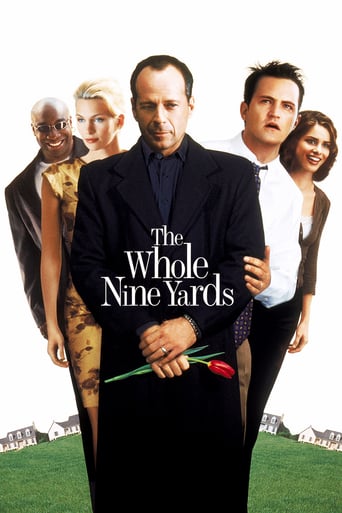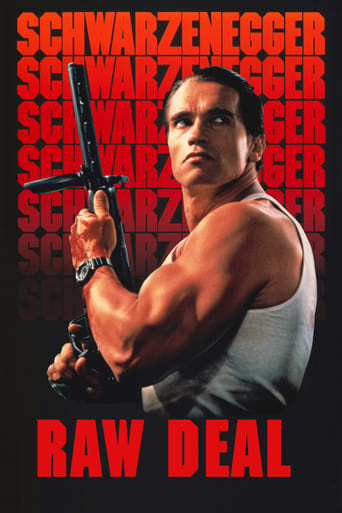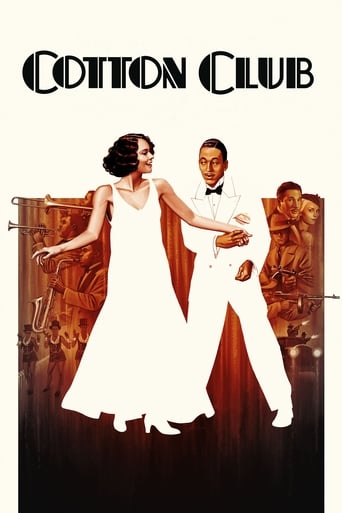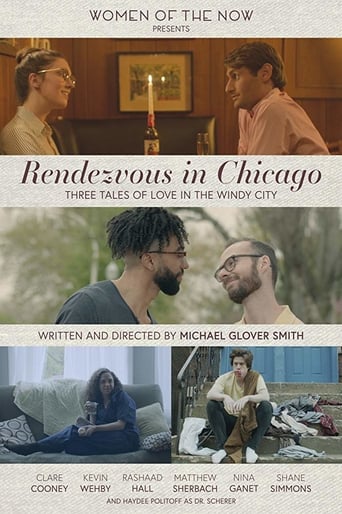Dance, Fools, Dance (1931)
When misfortune hits hard on the Jordan family of Chicago's upper class, Bonnie Jordan, a dazzling and witty girl, finds a job as an aspiring reporter; however, his naive younger brother Rodney takes a twisted path and gets involved with the wrong people.
Watch Trailer
Cast


Similar titles
Reviews
Memorable, crazy movie
Best movie ever!
It’s fine. It's literally the definition of a fine movie. You’ve seen it before, you know every beat and outcome before the characters even do. Only question is how much escapism you’re looking for.
Great story, amazing characters, superb action, enthralling cinematography. Yes, this is something I am glad I spent money on.
Dance, Fools, Dance (1932)Here's another Joan Crawford movie to add to your list. Here, she plays a spoiled rich girl, Bonnie Jordan. Her and her brother, Rodney (William Bakewell) are partying like it's 1999. Bonnie is seeing Bob (Lester Vail) more out of habit. Everything is free and easy.Then the stock market crashes and old man Stanley Jordan, played by William Holden (not the same Bill Holden that you're thinking) collapses on the trading room floor of a heart attack. All of their money is gone, they have to sell the mansion out from under them and (gulp) get a job. They become a pariah by their former rich friends. Even Bob uneasily proposes to Bonnie, out of pity, which Bonnie turned down.Bonnie gets a job on a newspaper from her dad's old friends, but Roddy is kind of dangling a bit. He falls in with some bootleggers run by Jake Luva (Clark Gable). It doesn't take long before Roddy realizes that he's way over his head with these guys, who massacres a rival gang.Bonnie goes undercover as a dancer in Luva's speak-easy to try to get the goods on him. Jake is taken by her nice legs and is putting the moves on her to her disgust. Maybe Bonnie's is in way over her head too.
The opening scenes of Dance, Fools, Dance paint a picture of spoiled rich kids Joan Crawford and her brother William Bakewell. Neither has apparently completed school or ever done anything worthwhile. Their father—who worked his own way up to wealth from the bottom—is worried. Joan smokes before breakfast; her brother buys liquor by the suitcase. The height of adventure and success for Joan is a yacht party where she boldly talks everyone into skinny dipping (well, stripping down to their underwear) out on the ocean.The father dies and it turns out he's broke; the picture turns to chapter two, or, How will the spoiled kids survive? –Well, the brother finds work with a bootlegging mob, and Joan gets a job as a cub reporter. (Influential friend of the family helps her out, apparently...no, she's not remotely qualified, but shows a knack for the work right away!) Rather quickly, the brother finds himself over his head in the sordid business of bootlegging...and Joan, eager for a real story instead of the tea parties she's initially assigned to, takes on....you guessed it, the mob.There's more to it than that, including Joan's sometime boyfriend (Lester Vail), who half-heartedly offers to marry her when her fortune goes kaput and hangs around when she sets off to make her own success; and Cliff Edwards as the veteran reporter who mentors Joan at the paper but hears too much for his own good at a speakeasy.Clark Gable is riveting as boss gangster Jake Luva; pre-mustache, the swagger is already there. His first scene features a cigarette-lighting routine with girlfriend Natalie Moorhead (excellent in a tiny role as the soon-to-be discarded moll): he blows smoke in her face, she blows out his lighter, and they hold a stare for a lingering shot that speaks more about their characters' relationship than any of their dialog even attempts.Midway through the story you have a pretty clear idea of where the plot is going to go .but the second half of the picture is still livelier than the first: at least the characters have some purpose in the second half. Crawford is especially good: she is always at the center as the picture revolves through her relationships with the various men in her life—lover, brother, mentor, gangster.Joan also gets in one good dance—undercover as a chorus girl, she sees her former rich kid friends in the audience and really puts on a number.No classic as far as plot goes, or dialog but worth seeing for Crawford's performance.Research question: How would a 1931 movie audience have been impressed by spoiled rich girl Crawford flashing an electric hair dryer?
This is not a great precode, but it's good enough to keep your interest, particularly if you are fans of Joan Crawford, Clark Gable, or even Cliff Edwards. As others have already mentioned, it is historical for being the initial teaming of Joan Crawford and Clark Gable, although Gable is sixth or seventh billed at this point. Don't expect Gable the gallant cad in this one - here he is pure cad.The film is largely an unremarkable morality tale about the follies of the very wealthy spoiling their children even into adulthood to the point where they complain about having to "get up in the middle of the night (9 AM) to eat breakfast.", which are the sentiments of the two Jordan children. When Wall Street crashes, dad dies from the shock and Bonnie Jordan (Joan Crawford) and her brother are left penniless. Bonnie chooses to break into newspaper reporting, but her brother chooses a less honest option which brings him into contact with Gable the gangster. After her close friend, reporter Bert Scranton (Cliff Edwards), is shot to death, Bonnie decides to go undercover as a dancer at Gable's nightclub to try to get to the bottom of the murder. She solves the crime, but at great personal cost.The best parts of this film are watching Joan Crawford in a dance number and watching the great chemistry Crawford and Gable have together. You get bigger doses of Crawford and Gable together in "Possessed", which was made later this same year - 1931. Joan Crawford was already a big star at this point. As for Clark Gable, he has to wait until he manhandles Norma Shearer in "A Free Soul" before he catapults to true stardom.
I disagree strongly with anyone who might dismiss this film as "just" entertainment. Set right after the carefree, roaring 20s, during the early days of the Great Depression, Dance, Fools, Dance is at its heart an earnest cautionary tale, with a clear message about how best to endure these hard times. Yet this fast-paced and tightly-plotted film is far from being a dreary morality tale.In the 30s, Hollywood had a knack for churning out one entertaining *and* enlightening audience-pleaser after another, all without wasting a frame of film. Dance, Fools, Dance -- one of *four* films that Harry Beaumont directed in 1931 -- is barely 80 minutes long, yet its characters are well developed, its story never seems rushed, and despite its many twists in plot, the audience is never left behind.With the lone exception of Lester Vail as flaccid love interest Bob Townsend, the supporting cast is uniformly strong. Worthy of note are William Bakewell as Crawford's brother, Cliff Edwards (best known as the voice of Jiminy Cricket) as reporter Bert Scranton, and Clark Gable in an early supporting role as gangster Jake Luva.But this is Joan Crawford's film, and she absolutely shines in it. Made when she was just 27, this lesser-known version of Crawford will probably be unrecognizable to those more familiar with her later work. However, here is proof that long before she took home an Oscar for Mildred Pierce, Crawford was a star in the true sense of the word, a terrific actress with the charisma to carry a picture all by herself.Score: EIGHT out of TEN

